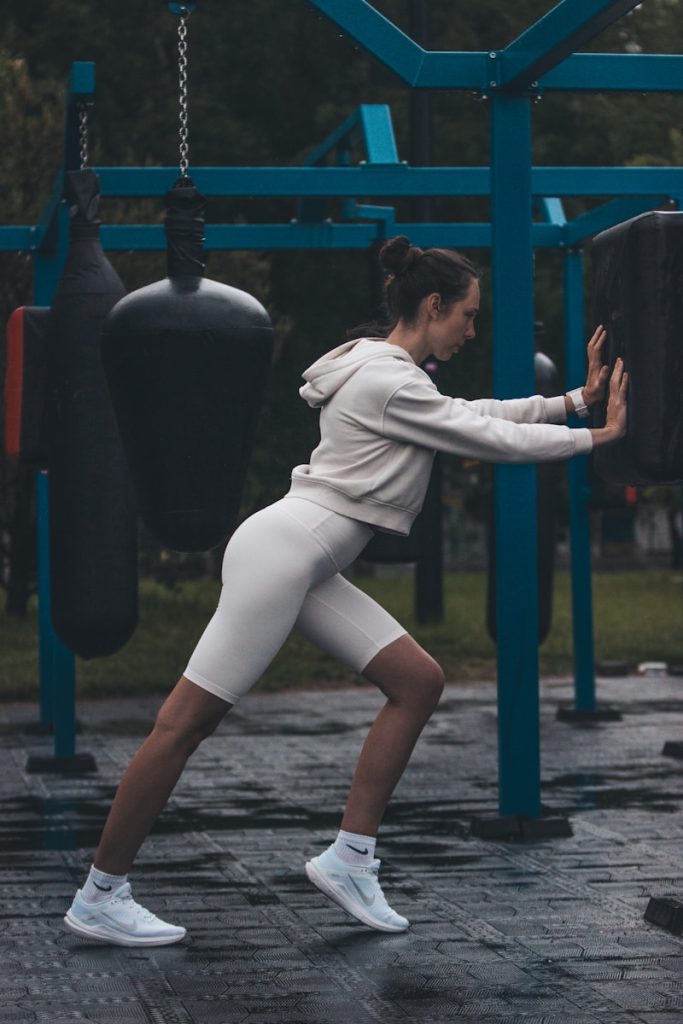Yes, it is generally safe to exercise with ovarian cysts—but you must choose your activities carefully and listen to your body. For most women, gentle and moderate physical activity can support hormone balance and improve well-being, but certain exercises may carry risks if you have large or painful cysts. Consulting your healthcare provider before starting or continuing a workout routine is essential.

Understanding how exercise affects ovarian cysts is important for women managing these common reproductive health issues. The right physical activity can help reduce discomfort and may even aid in cyst management, while the wrong activities can sometimes worsen symptoms or pose risks.
Below, you’ll find clear guidance on safe exercises, what to avoid, the latest research, and real-world advice to help you exercise confidently with ovarian cysts.
What Are Ovarian Cysts and How Do They Affect Exercise?
Ovarian cysts are fluid-filled sacs that form on or inside the ovaries. They’re very common—most are harmless and go away on their own. However, some cysts can grow large, become painful, or cause complications like rupture or torsion (twisting of the ovary).
- Small, symptom-free cysts: Most women can continue regular exercise.
- Large or painful cysts: High-impact or strenuous activities may trigger pain or rare complications.
Key advice:
Always consult your healthcare provider before making changes to your exercise routine if you know you have ovarian cysts.
Safe Exercises for Women With Ovarian Cysts
The best exercises for ovarian cysts are low-impact and gentle on the abdomen. These include:
1. Walking
- Boosts circulation and reduces bloating
- Easy on the joints and abdomen
2. Swimming
- Provides gentle, full-body movement with minimal pressure on the pelvis
3. Cycling (light/moderate)
- Can be comfortable if you avoid rough terrain and strenuous speed
4. Yoga & Pilates
- Focus on gentle, non-twisting poses (like butterfly, savasana, gentle stretches)
- Avoid deep twists, aggressive core work, or inversions if you have pain or a large cyst
5. Gentle stretching
- Reduces pelvic discomfort and improves flexibility
Tip:
Always start slowly, listen to your body, and stop if you feel pain.
What Types of Exercise Should You Avoid With Ovarian Cysts?
Some activities can increase the risk of complications or worsen symptoms:
- High-impact sports: Running, jumping, or intense aerobics may increase abdominal pressure.
- Heavy lifting: Can strain pelvic muscles and put pressure on the ovaries.
- Intense core workouts: Crunches, deep twists, or planks that cause discomfort should be avoided.
- Contact sports: Risk of abdominal trauma.
Why?
Strenuous activities may increase the risk of:
- Ovarian torsion (painful twisting of the ovary)
- Cyst rupture, which can cause pain or, rarely, internal bleeding
Common Questions: Risks, Benefits, and Doctor’s Advice
Is Exercise Ever Dangerous With Ovarian Cysts?
- Most women with small cysts can exercise safely.
- Risks increase if you have:
- Large cysts (over 5 cm)
- Severe pain
- History of cyst complications
How Do I Know If a Cyst Has Ruptured or Twisted?
- Sudden, severe pelvic pain (sometimes with nausea or vomiting)
- Dizziness or weakness (signs of internal bleeding)
- Seek immediate medical care if you experience these symptoms
Can Exercise Help With PCOS or Hormonal Cysts?
- Yes! Regular exercise can lower insulin resistance, regulate hormones, and reduce PCOS-related cysts. Gentle cardio, yoga, and strength training (if cleared by your doctor) are beneficial.
Step-by-Step Guide: Exercising Safely With Ovarian Cysts
- Consult your doctor: Get a scan and medical advice on cyst type and size.
- Start with low-impact exercise: Walking, gentle yoga, and swimming.
- Listen to your body: Stop if you feel sharp pain or unusual discomfort.
- Avoid strenuous activities: No heavy lifting, intense core work, or contact sports.
- Track symptoms: Keep a journal of any pain or changes.
- Schedule follow-ups: Monitor cysts with your healthcare provider.
Latest Research and Updates (2025)
- Most recent clinical guidelines confirm that moderate exercise is safe for most cysts, but large or symptomatic cysts require caution (ACOG, 2024 update).
- Risk of torsion or rupture remains low but increases with high-intensity activity.
- New non-surgical management approaches stress lifestyle, diet, and exercise as first-line options for PCOS and functional cysts.
Always check the latest guidance at
ACOG Patient Page on Ovarian Cysts
and discuss any symptoms or exercise plans with your healthcare provider.
Conclusion: Your Action Plan
You can usually exercise safely with ovarian cysts if you stick to gentle, low-impact activities and avoid high-risk moves.
Always listen to your body, track any symptoms, and consult your doctor before starting or changing your routine. Remember, regular exercise can support hormone balance and overall health, especially if you have PCOS or recurring cysts.
If you have questions or symptoms, reach out to your doctor or a certified women’s health specialist for tailored advice.
Call to Action
Ready to improve your health with safe exercise?
Consult your doctor, try gentle activities, and listen to your body.
For more guidance, explore the
ACOG Ovarian Cyst FAQ
or speak to a women’s health professional today.
